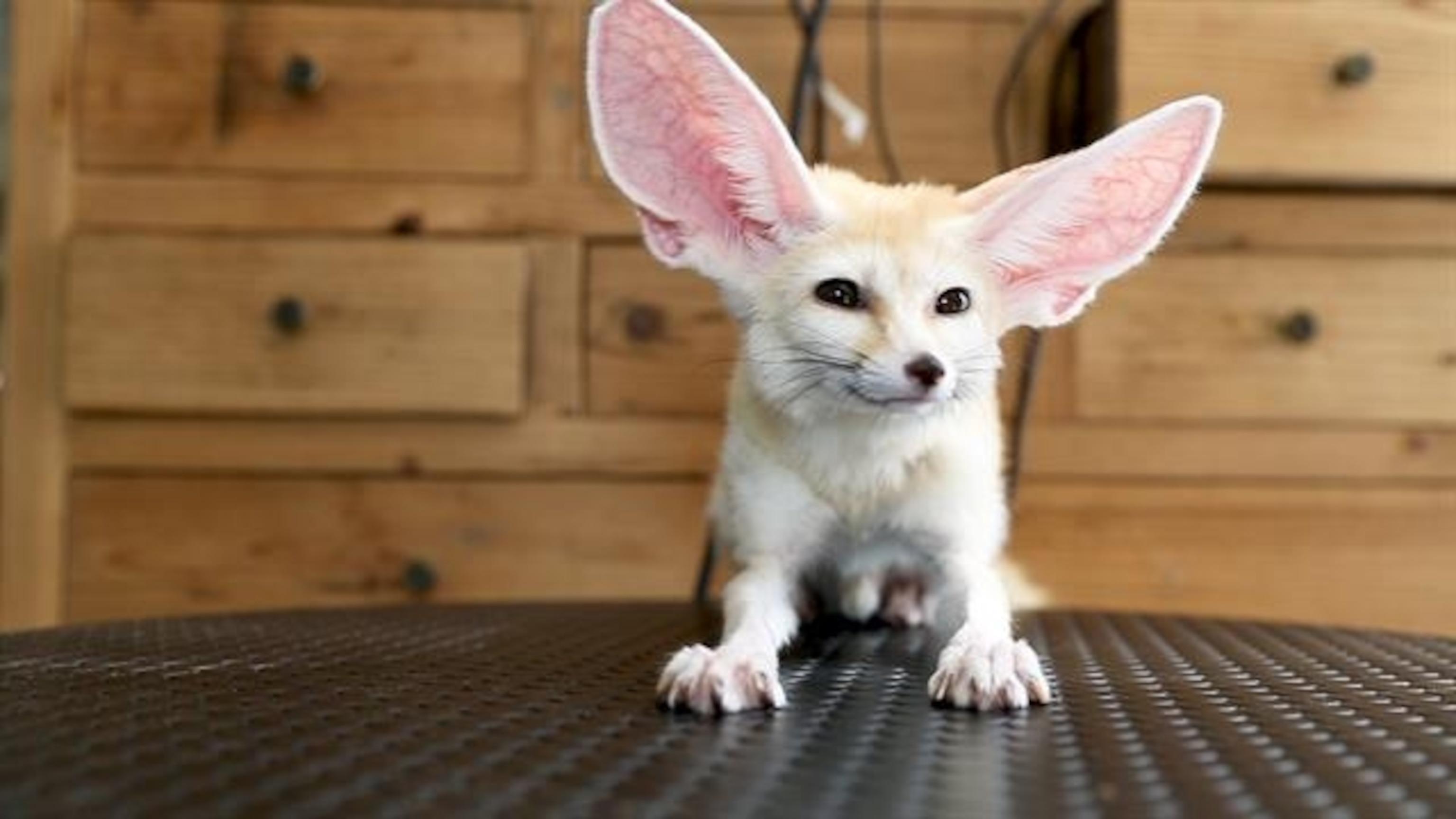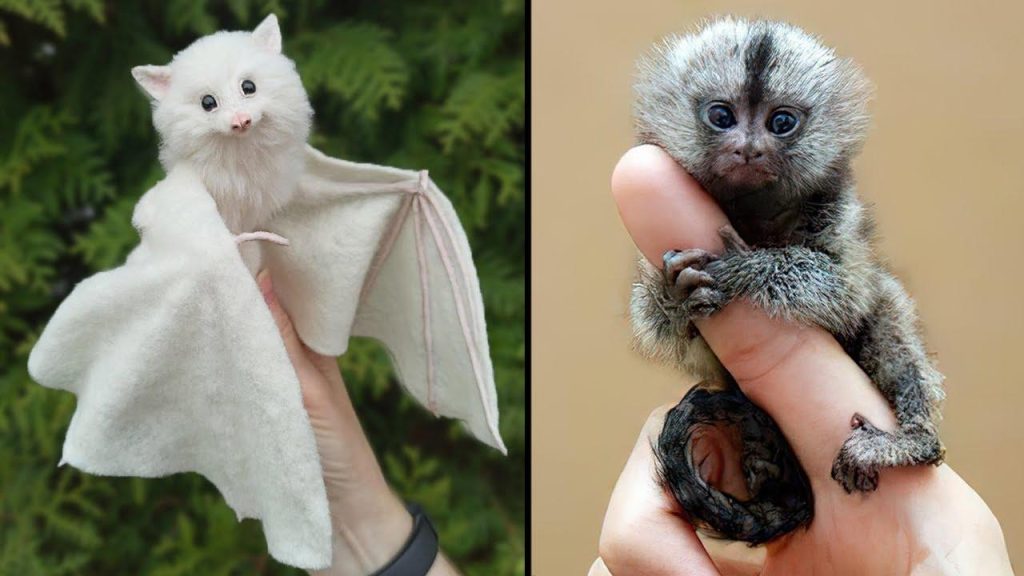In a world brimming with fascinating wildlife, many pet enthusiasts find themselves drawn to the allure of exotic animals. From the vibrant scales of a chameleon to the captivating patterns of a sugar glider, these unique pets offer a glimpse into nature’s astonishing diversity right in our homes. However, caring for these creatures is a journey paved with specific needs, nuances, and responsibilities that differ significantly from those of traditional pets like dogs and cats. For those who have taken the leap into the realm of exotic pet ownership—or those contemplating it—this essential guide serves as a beacon of understanding. Here, we will explore the fundamental aspects of nurturing these marvelous beings effectively, ensuring their well-being while enriching the lives of their owners. Whether you’re a seasoned exotic pet enthusiast or a curious newcomer, this article will provide you with the knowledge and insights needed to foster a harmonious and fulfilling relationship with your extraordinary companions.
Table of Contents
- Understanding the Unique Needs of Exotic Pets
- Creating an Optimal Habitat for Your Exotic Companions
- Feeding and Nutrition Tips for Healthier Exotic Pets
- Establishing a Routine for Regular Care and Enrichment
- To Conclude
Understanding the Unique Needs of Exotic Pets

Exotic pets come with a distinct set of needs that often differ significantly from traditional pets such as dogs and cats. Recognizing these differences is crucial for ensuring their well-being. Dietary requirements vary greatly among species; some may require a specialized diet rich in certain vitamins or minerals, while others may thrive on a staple diet that differs from common pet food. It’s essential to research the specific dietary needs of your exotic pet, as improper nutrition can lead to health complications. Furthermore, some exotic pets, like reptiles and amphibians, require specific habitat conditions such as temperature gradients, humidity levels, and UV lighting. Neglecting these needs can lead to stress and health issues, potentially shortening their lifespan.
In addition to dietary and habitat considerations, the social environment plays a vital role in the care of exotic pets. Some species are naturally solitary, while others are social and require interaction, either with their owners or with other animals of their kind. Understanding your pet’s natural behavior is key to creating an enriching environment that promotes their physical and mental health. For example, certain birds thrive in social settings and benefit from the company of other birds, while many reptiles prefer solitude. It’s also worth noting that the healthcare of exotic pets requires a vet knowledgeable about their specific needs, including access to preventative care and appropriate diagnostic tools. A well-rounded approach addressing these unique elements not only fosters a healthy lifestyle for your exotic pet but can also enhance the bond between you and your unusual companion.
Creating an Optimal Habitat for Your Exotic Companions

Creating an ideal habitat for your exotic pets goes beyond mere aesthetics; it is about replicating their natural environment to ensure their well-being and longevity. First and foremost, consider their space requirements. Each species has unique needs, and providing ample room for them to roam and explore is crucial. Ensure the enclosure mimics their natural habitat with suitable substrates, like soil for reptiles or bark for amphibians. Incorporating plants, rocks, and hiding spots will not only give them places to explore but also reduce stress, creating a comfortable nest for your companions.
Another vital aspect to focus on is temperature and humidity control, both of which can significantly affect your pets’ health. Use thermometers and hygrometers to monitor the conditions within the habitat closely. Below is a simple reference table for different exotic pets and their basic habitat requirements:
| Pet Type | Temperature (°F) | Humidity (%) |
|---|---|---|
| Leopard Gecko | 75-90 | 30-40 |
| Ball Python | 75-80 | 50-60 |
| Chameleon | 75-85 | 50-70 |
| Red-Eared Slider | 75-85 | 40-60 |
Providing a balanced diet, clean water, and suitable enrichment activities can also play a significant role in keeping your exotic friends healthy and happy. Regularly cleaning their habitat not only ensures hygiene but also mimics the natural behaviors they would exhibit while living in the wild, promoting a more fulfilled and engaging lifestyle.
Feeding and Nutrition Tips for Healthier Exotic Pets
Providing a balanced diet for exotic pets is crucial to their overall health and longevity. Each species has unique dietary requirements, so understanding these needs is the first step in effective care. It’s essential to incorporate a variety of foods to ensure that your pet receives all necessary nutrients. Consider incorporating the following into their diet:
- Fresh fruits and vegetables: Choose species-appropriate options.
- High-quality pellets or formulated diets: These are essential for many species.
- Protein sources: Include insects or lean meats for carnivorous pets.
- Calcium supplements: Necessary for species like reptiles and some birds.
Hydration is equally important, so always ensure that your pet has access to fresh water. Some species, like reptiles and amphibians, may require more specific hydration methods such as misting or soaking. Additionally, portion control is vital; overfeeding can lead to obesity and other health issues. To help you navigate the feeding requirements effectively, refer to the table below:
| Pet Type | Diet Highlight | Frequency of Feeding |
|---|---|---|
| Reptile | Leafy greens, insects | Every 2-3 days |
| Bird | Seeds, pellets, fruits | Daily |
| Small Mammals | Pellets, vegetables | Daily |
| Fish | Flakes, pellets, freeze-dried | 1-2 times per day |
Establishing a Routine for Regular Care and Enrichment
Establishing a consistent routine for your exotic pets is crucial for their overall well-being and happiness. A structured schedule helps them feel secure and reduces stress. Begin by setting fixed times for feeding, cleaning, and engaging activities that mimic their natural behaviors. It’s beneficial to:
- Feed them at the same time every day to create anticipation and reduce anxiety.
- Provide daily exercise through interactive play or safe outdoor exploration.
- Rotate enrichment activities to keep their environment stimulating and exciting.
- Maintain regular health check-ups as part of your routine to catch any potential issues early.
Remember, different exotic pets have varying needs based on their species and individual temperaments. Monitoring how they respond to the established schedule will help you adjust as necessary. For example, consider tracking their behavior and health by keeping a simple log:
| Date | Feeding Time | Activity Type | Health Notes |
|---|---|---|---|
| MM/DD/YYYY | 9:00 AM | Playtime with toys | Active and eating well |
| MM/DD/YYYY | 9:00 AM | Outdoor exploration | Seemed a bit shy |
This log will allow you to identify any patterns or changes in behavior, enabling you to refine your routine for better care. Keep it flexible; the goal is to enhance both the quality of life for your exotic pet and the bond you share with them.
To Conclude
As the sun begins to set, casting a warm glow over the sanctuary you’ve created for your exotic pets, it’s clear that nurturing these remarkable creatures is not just a responsibility; it’s a journey filled with discovery and connection. Each species tells its own story, woven into the fabric of your daily life, and understanding their needs is crucial to ensuring their well-being and happiness.
As we conclude our essential guide to nurturing exotic pets effectively, remember that the path to becoming a responsible caretaker is paved with knowledge, patience, and compassion. From providing the right environment to understanding their unique behaviors, we’ve explored the multifaceted aspects of pet care that go beyond mere ownership.
In your commitment to building a supportive and enriching habitat, you’re not only enhancing the lives of your exotic companions but also enriching your own. Each interaction, each moment spent in their presence, serves as a reminder of the beauty of diversity in the animal kingdom.
As you continue on this rewarding path, may your bond with your exotic pets deepen, and may your home resonate with the sounds of thriving life. The journey is ongoing, filled with learning and adaptation—embrace it fully, and your exotic pets will flourish under your devoted care. Thank you for taking this journey with us, and may your adventures in pet nurturing be as vibrant and incredible as the creatures you love.



